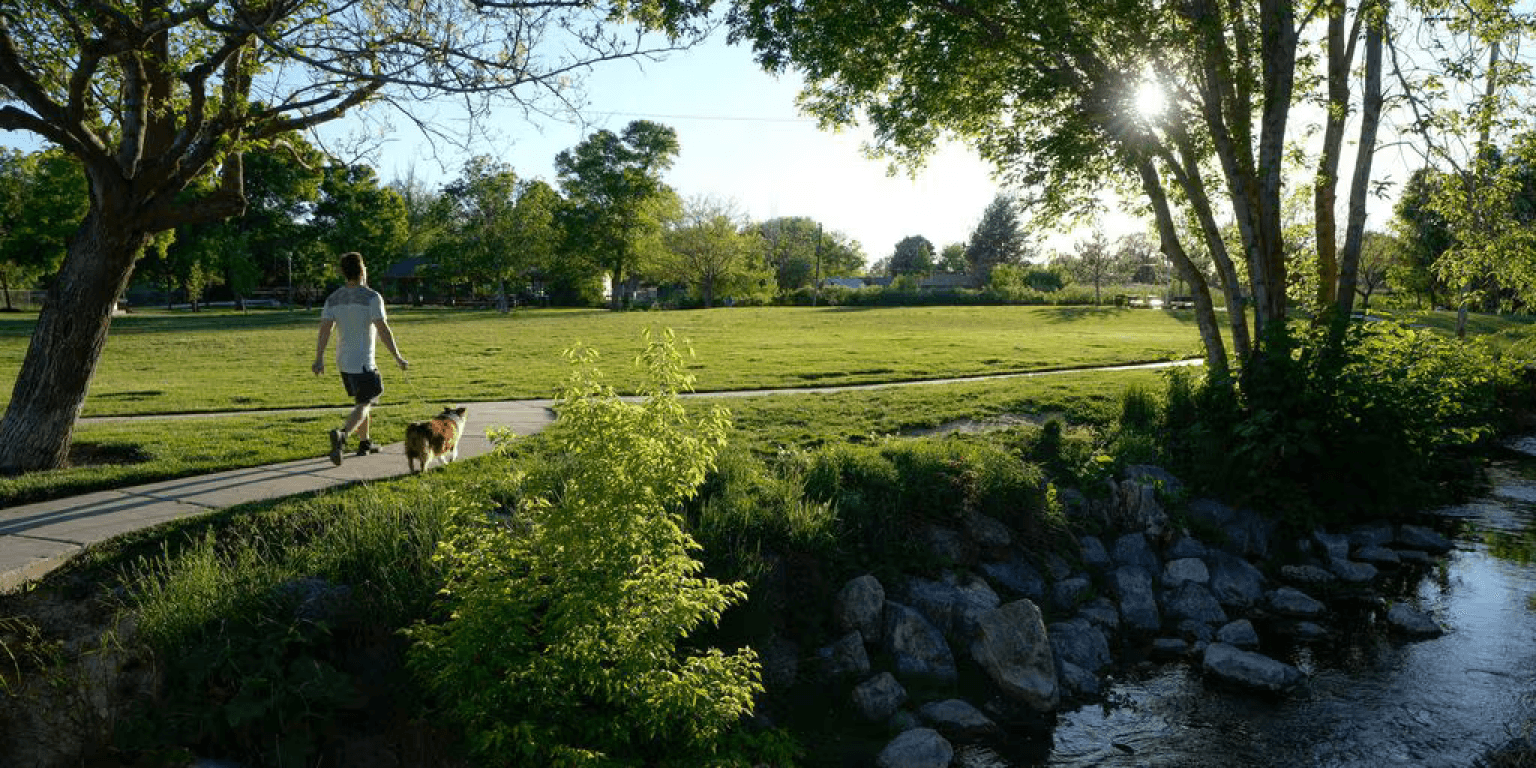Utah’s promise of a nature-rich landscape isn’t equal for every resident
Where Utahns live, who their neighbors are and how much money they make often determine their chances of enjoying the health benefits of Utah’s biodiversity.

Decades of research have shown that proximity to nature – specifically biodiversity – is good for health outcomes, said Jared Hanley, NatureQuant’s founder and CEO.
Developing a NatureScore, Hanley said, is a large, machine-learning process. It analyzes about 30 data sets, including satellite images of vegetation, land use classifications, tree canopy cover, air pollution, noise levels and impervious surfaces like concrete and asphalt.
The process generates a score correlating with one of five “leaf” classifications – deficient, light, adequate, rich or utopia.
Hanley added that proximity, not access, is key. It isn’t enough to be able to drive to a park within five minutes, he said, because the best benefits come when people are within 500 meters — a third of a mile — of nature.